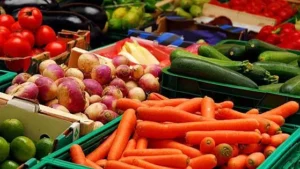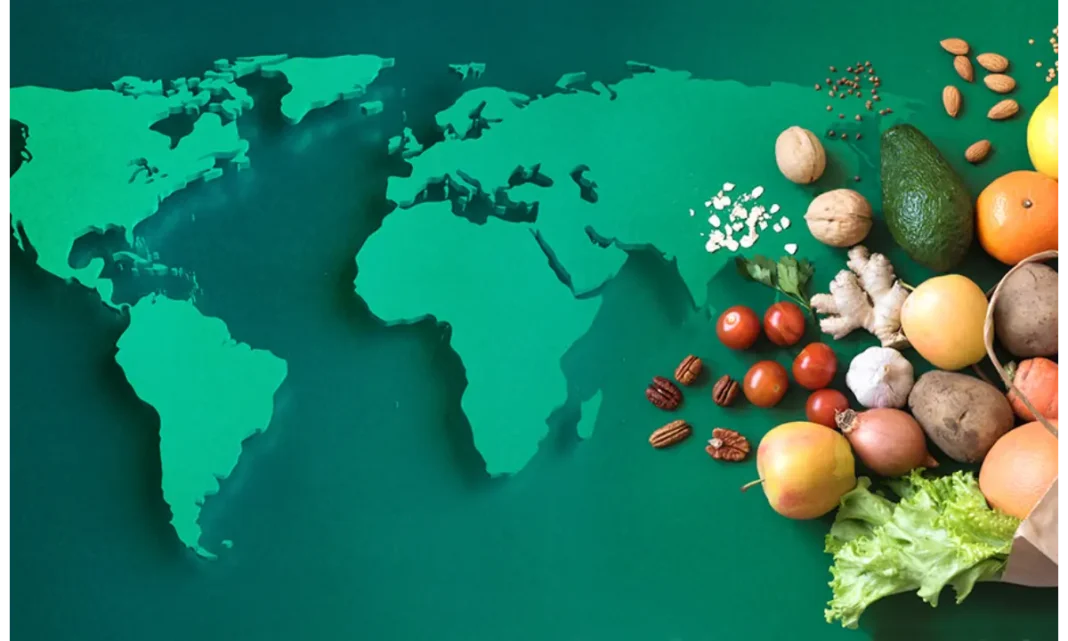One-fifth of food in India (cereals, milk, legumes, spices and oilseeds) is adulterated and are unsafe when it comes to food safety. Adulterated foodstuffs are contaminated by the addition of inferior substances, especially in sales preparations where high-value ingredients are exchanged for low-value ingredients, resulting in the degradation of food safety and standards in India.
According to the same Food Safety and Standards Authority of India (FSSAI) report, the adulteration rate rose from 12.8% in 2011-12 to 28% in 2018-19. Another controversial Food Sentry report in 2013 found India to be the world’s largest food violator. A total of 3,400 food samples were collected from 117 countries, with 11.1% of samples from India identified as adulterated.
The lack of implementation of public and food safety laws and health regulations is an alarming source of concern for all citizens, especially concerning food security and quality. The Supreme Court of India recognized this and refused to entertain any anti-bail pleas related to food tampering cases as they endanger not only the individual but the society as a whole.
The COVID-19 pandemic has inadvertently emphasized the importance of monitoring and addressing food safety issues that were previously common in the value chain. The pandemic seems to have ushered in a new era of scientific innovation and agritech advancement. Nationwide lockdowns and restrictions have led to severe shortages of essentials such as food and medicine, putting food security, food safety and other food-related issues in the spotlight. Consumer demand for food is surging, food prices are rising, trade is restricted, food-producing factories are closing, and pressure is being put on overworked workers who may be exposed to the virus.
you might also like this : grandmother’s magic recipe
With food production, transport and consumption, these inevitable pandemic impacts have influenced future research and policy on food safety and security. The focus is constantly shifting to the urgent need to solve food control and safety problems by incorporating new technologies such as artificial intelligence (AI), the Internet of Things (IoT), molecular science and computer vision. Many farms and agritech companies use a variety of disruptive technologies to ensure food quality during the production, sourcing, storage and trading of agricultural commodities such as milk, tea, grains and spices.
Ensuring Food Safety With The Help of Modern AgriTech
The rapid adoption of deep technology solutions across the country is driving India’s agricultural revolution, or Agriculture 4.0. Although early stage, the agritech space has gradually secured the attention of visionary entrepreneurs, investors, businesses, governments and, most importantly, farmers.
Between 2017 and 2020, more than $1 billion was invested in India’s agriculture sector, and the market is estimated to be worth $30-35 billion by 2025. Apart from emerging technologies that drive innovation, the agritech sector is also expected to redefine and revitalize India’s traditional agricultural landscape. Bridging the gaps with deep technology.
More than 50% of India’s population is directly dependent on agriculture for their livelihood. Unfortunately, this major sector generates only 20% of the national GDP. This significant efficiency gap points to multiple productivity losses that have accumulated over time across agro-value chains due to persistent structural and operational problems.
As a result, profitability losses are caused by low farm incomes and the declining role of agriculture as an engine of the national economy over time.

Technology can reverse this by eliminating lost productivity and profitability in the food value chain and reducing farm concerns by eliminating manual errors and providing a fully integrated digital model. I can. Using the latest technologies, such as AI and machine learning, digital, fast and accurate food quality inspection can be performed, eliminating food waste and providing 100% traceability.
Not surprisingly, leading the shift of dynamic farms from traditional structures to technology-based solutions is now very important. Agtech start-ups need to harness the power of cutting-edge technologies such as data analytics, AI, machine learning (ML) and IoT to revitalize the digital and automated agritech environment. This will prove to help address myriad challenges in the traditional agricultural value chain by creating a whopping $24 billion market potential waiting to be unlocked.
The pandemic has highlighted the importance of putting food safety infrastructure and systems in place that effectively address the ongoing challenges of the post-harvest agricultural supply chain through food quality assessment. At the same time, consumer demand for high-quality food that is free of harmful additives and chemicals is growing.

In response, leading agritech companies are deploying a wide range of AI-based rapid food quality assessment techniques that can be deployed at every stage of the agricultural supply chain to provide an agile, holistic and transparent approach to the above challenges. These start-ups are disrupting the industry by developing innovative and rapid testing technology that can scan and analyze multiple items in seconds.
Leveraging powerful SaaS cloud platforms and next-generation technology frameworks, these companies are empowering agribusinesses to ensure food safety from farm to fork, driving trust, speed, and reliability across the agricultural value chain. , which provides a good mix of visibility.




